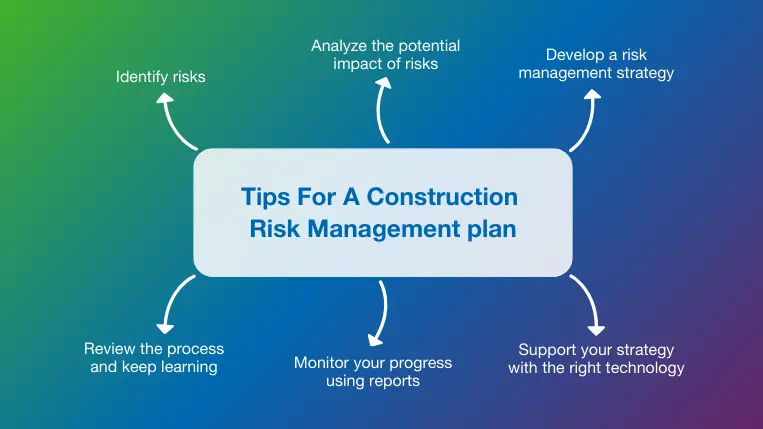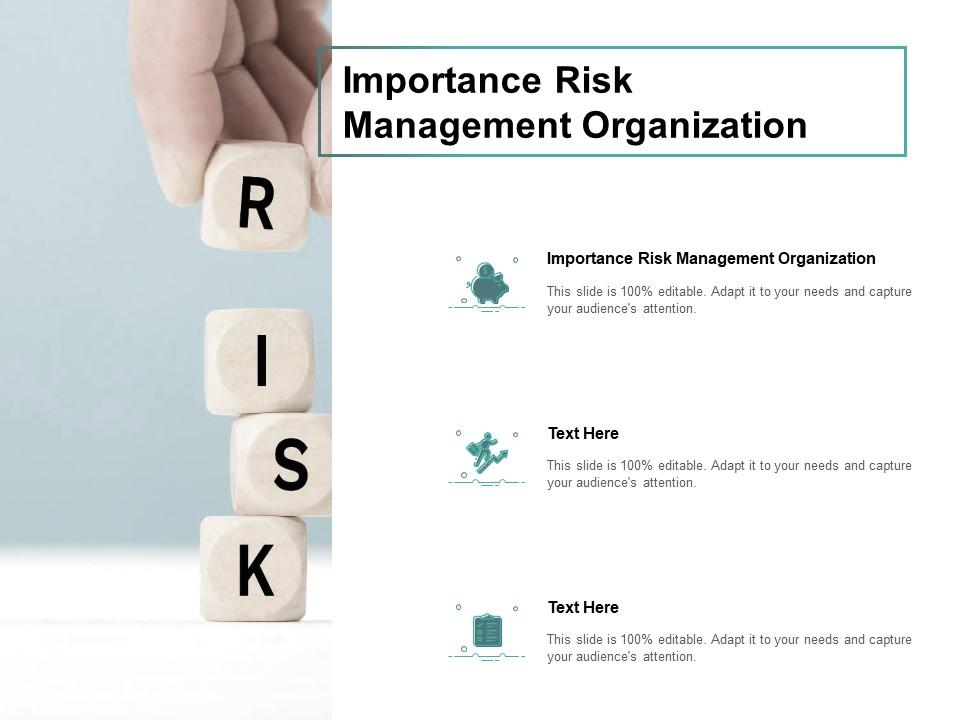How the Importance of Risk Management Shapes Strong Leadership
How the Importance of Risk Management Shapes Strong Leadership
Blog Article
Exploring the Relevance of Risk Management for Effective Decision-Making Techniques
In the detailed world of organization, Risk Management becomes an important consider the decision-making process. The ability to identify prospective risks and opportunities, and strategize as necessary, can mean the distinction between success and failure. With devices such as SWOT and PESTEL, companies are furnished to make enlightened selections, cultivating durability and versatility in an ever-changing atmosphere. Wondering just how this functions? Allow's unbox the characteristics even more.
Understanding the Principle of Risk Management
Risk Management, an important component in decision-making, is frequently misunderstood or oversimplified. Generally, it refers to the recognition, analysis, and prioritization of threats to minimize, check, and manage the likelihood or effect of regrettable events. Nonetheless, it's not just regarding avoiding unfavorable outcomes, but additionally concerning identifying potential chances. Risk Management entails organized and disciplined approaches, using data and informative evaluations. It calls for an extensive understanding of the company's context, objectives, and the potential dangers that can prevent them. From financial uncertainties, lawful liabilities, strategic Management errors, to mishaps and all-natural catastrophes, it addresses different dangers. Notably, effective Risk Management is not stagnant; it's a continuous, forward-looking process that advances with transforming situations.
The Duty of Risk Management in Decision-Making Processes
In the realm of critical preparation and organization operations, Risk Management plays an indispensable function in decision-making procedures. Risk Management hence comes to be an important tool in decision-making, helping leaders to make enlightened options based on a thorough understanding of the threats included. Risk Management serves as a crucial component in the decision-making processes of any kind of company.

Just How Risk Management Enhances Strategic Preparation
In the context of tactical preparation, Risk Management plays a pivotal role. Launching with the identification of possible threats, it additionally encompasses the execution of Risk reduction measures. The function of Risk Management is not fixed however dynamic, as it demands continuous tracking and adjusting of strategies.
Recognizing Possible Risks

Applying Risk Reduction
Risk mitigation methods can vary from Risk avoidance, Risk transfer, to risk decrease. Each technique needs to be tailored to the certain Risk, considering its possible impact and the company's Risk resistance. Reliable Risk mitigation needs a deep understanding of the Risk landscape and the potential effect of each Risk.
Monitoring and Readjusting Techniques
Though Risk mitigation is an important step in critical planning, continuous tracking and change of these methods is just as vital. This ongoing procedure permits organizations to identify brand-new threats and reassess existing ones, making certain the executed methods remain effective in the ever-changing organization setting. It likewise supplies a possibility to review the success of the Risk Management measures, permitting modifications to be made where needed, further enhancing critical preparation. Reliable tracking and change call for making use of analytics and essential efficiency signs (KPIs) to measure efficiency. These tools supply important data-driven insights that can inform tactical decision-making. Tracking and changing Risk Management methods is a critical element for boosting an organization's resilience and strategic planning.
Situation Researches: Effective Risk Management and Decision-Making
Worldwide of company and money, successful Risk Management and decision-making usually work as the columns of thriving business. One such entity is top article an international oil company that alleviated financial loss by hedging against changing oil prices. In another circumstances, a tech startup flourished by determining and accepting risky, high-reward approaches in an unpredictable market. A worldwide bank, confronted with governing uncertainties, successfully browsed the scenario via aggressive Risk evaluation and dynamic decision-making. These instances highlight the worth of astute Risk Management in decision-making processes. It is not the absence of Risk, but the Management of it, that usually distinguishes successful companies from unsuccessful ones. These situations underscore the crucial duty of Risk Management in tactical decision-making. importance of risk management.
Devices and Strategies for Efficient Risk Management
Browsing the detailed puzzle of look what i found Risk Management calls for the best set of devices and strategies. These tools, such as Risk signs up and warmth maps, aid in recognizing and examining potential dangers. Strategies consist of both measurable methods, like sensitivity evaluation, and qualitative approaches, such as SWOT analysis. These aid in focusing on risks based on their potential influence and probability. Risk response techniques, a crucial component of Risk Management, involve approving, avoiding, transferring, or mitigating threats. Tracking and controlling dangers, via regular audits and reviews, make sure that the approaches continue to be efficient. With these tools and techniques, decision-makers can browse the complicated landscape of Risk Management, thereby assisting in informed and efficient decision-making.
Future Trends in Risk Management and Decision-Making Methods
As we check out the huge landscape of Risk Management, it becomes obvious that the strategies and devices utilized today will certainly continue to progress. The concept of Risk society, where every member of an organization is aware and involved in Risk Management, will gain extra importance. These patterns declare a more proactive and inclusive technique in the direction of Risk Visit This Link Management and decision-making.
Final thought

Risk Management therefore becomes an important tool in decision-making, helping leaders to make enlightened selections based on a comprehensive understanding of the risks entailed. Risk mitigation methods can range from Risk avoidance, Risk transfer, to take the chance of reduction (importance of risk management). Effective Risk mitigation needs a deep understanding of the Risk landscape and the potential effect of each Risk. Risk action techniques, a vital part of Risk Management, entail approving, staying clear of, moving, or mitigating dangers. The concept of Risk culture, where every participant of an organization is mindful and entailed in Risk Management, will acquire a lot more prestige
Report this page